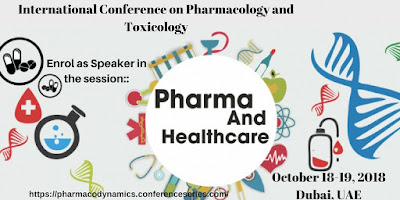Food Toxicology
The
Toxicology is the
branch of science that deals with the adverse effects of chemicals on living
organisms and leads to fatal condition in living organism.
Toxicology
is interface of chemistry and biology.
– Pharmacology: therapeutic effect
– Toxicology: toxicosis or disease effect
Food
toxicology deals with physical, chemical and biological properties of food
particles and detection of toxic substances in food, and their diseases and
infections.
Some
food items are poisonous and some are medicinal,
stimulatory, hallucinatory, or narcotic effects.
Toxicology
in two categories: basic and Fundamental. Fundamental work on the molecular and
biological processes of toxic substances is called Basic toxicology. Applying
scientific knowledge to practical problems is called Applied Toxicology.
Toxicology
vs. Risk analysis: In majority of Risk analysis only the applied toxicology is
used to examine whether there is the presence of chemical, natural and
anthropogenic is used. Risk analysis is broadly classified to include Risk
assessment, Risk characterization, Risk communication, Risk management.
Human
health risk assessment: Predictive modelling of the toxicology to human health
posed by the exposure to toxicants. • For constituents that are systemic
toxicants, the threat can be expressed in terms of a hazard quotient. • Hazard
Quotient = Dose ÷ Toxicity Factor. Systemic toxicity is a threshold phenomenon.
– Increasing exposure (dose) of a chemical will cross a threshold when
biological effects will start to occur. – The dose is the total dose
attributable all routes of exposure. Dose is modeled with the following general
equation (unit conversion factors are used as needed): Dose = CC × CR × EF ÷
(BW × UCF) • CC — constituent • CR — contact rate • EF — exposure frequency. •
BW — body weight . • UCF — unit conversion factor.




Comments
Post a Comment